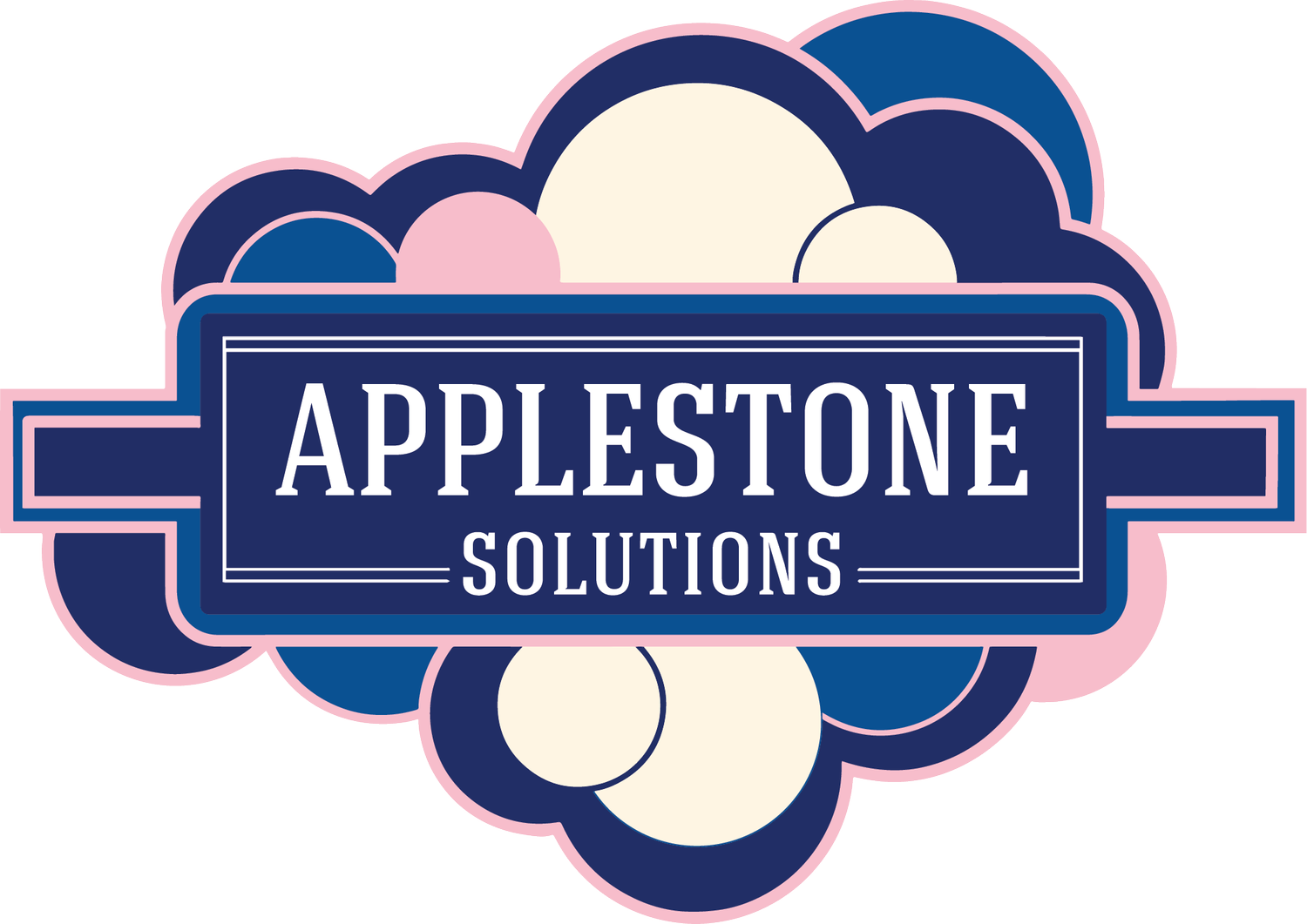Earth Day Tips for Any Day
April is Earth Month and we’re up to our ears in Earth Week and Earth Day offerings. There are a lot of ways people are celebrating – and the overload of events listed in the local newspaper’s calendar section could make anyone feel jaded. But mainly we’re pleased with any environmental focus. Here’s what we’re doing this month – and every month – to celebrate the Earth.
REUSE YOUR BAGS
Our reusable bags are meant to be reused. And we see a lot of you reusing them when you come in to shop, when you’re out buying groceries, and even as lunch bags. We love this. But maybe you have more reusable bags than you know what to do with. In case you didn’t already know, if you have a clean (we actually mean clean, people) Applestone bag, you can leave it on bag hooks we have set up in our Stone Ridge shop for someone else to use. This is not just an Earth month thing. Feel free to leave bags any month of the year.
UPCYCLE YOUR PLASTIC
There has been a fair amount of long-overdue public focus lately on the overabundance of single-use plastic in the world. There was even a movement for people to give it up for Lent this year – followed by many articles and blog posts on just how difficult this is to do. Plastic is everywhere – from toothbrushes to cereal packaging to the phones we spend our days on. And much of it isn’t recyclable. Besides, plastic recycling seems to be in a bit of a crisis of late. If you want to know what’s happening, read this Atlantic article on the end of recycling. Plastic and butchery seem to go hand in hand. We’ve been researching ways to reduce our use of plastic. In the meantime, if you want to reuse the plastic trays our sausages come in, you could wash them well and use them as gardening scoops and containers for non-edible plants. We don’t suggest reusing them for food storage, but there are plenty of other non-food applications that might work. Artists could use them for paint, or even for washing brushes. They can be used to organize all kinds of crafting materials, screws or nails, and even loose change.
EAT LESS MEAT, BUY EARTH-FRIENDLIER MEAT
We know there are plenty of people who think the earth-friendliest diet does not include meat. This perspective doesn’t usually take into account the fact that different kinds of farming have vastly different impacts. Not all animals are raised the same way. We all know what’s not eco-friendly: meat from animals raised on factory farms, fed feed that has been doused with pesticides, administered long-term, low-doses of antibiotics that lead to antibiotic-resistant bacteria, whose concentrated and drug-filled manure pollutes aquatic life and our waterways. The environmental harm of this system of farming has been well documented, and some studies say that 95 percent of the meat consumed in the United States is raised this way, that’s not what we sell. Our meat is local. It’s sustainably raised. The animals have room to roam on pasture. Their feed is pesticide and GMO-free. The animals aren’t given added hormones or antibiotics. There aren’t as many studies on local meat systems as there are on factory farms, but if you’re interested in learning about how well-raised livestock play an essential role in maintaining grassland ecosystems, we highly recommend reading Defending Beef by Nicolette Hahn Niman. Still, we don’t suggest you eat our meat three times a day – or even daily. Americans buy and eat too much meat. If you’re concerned about the environmental impact of your diet, just eat less meat and buy better meat. Reduce portion sizes. You don’t need mountains of sausages or pounds of ground beef to make a sauce. Eating less and better meat is a great way to celebrate Earth Day, Earth Month, Earth Week, or even every day of the rest of the year.
